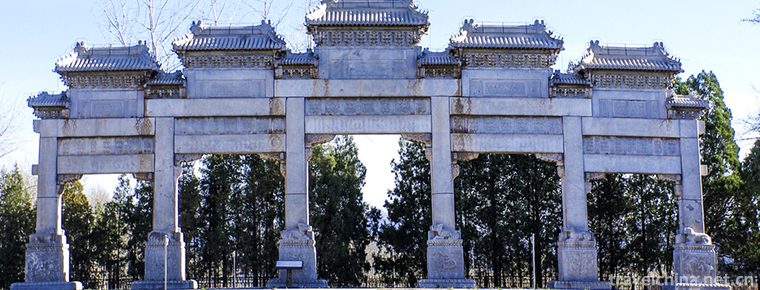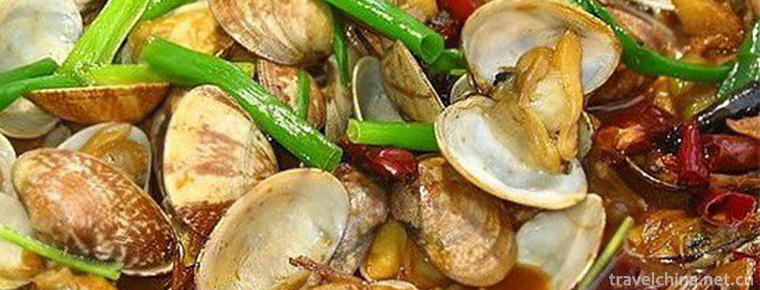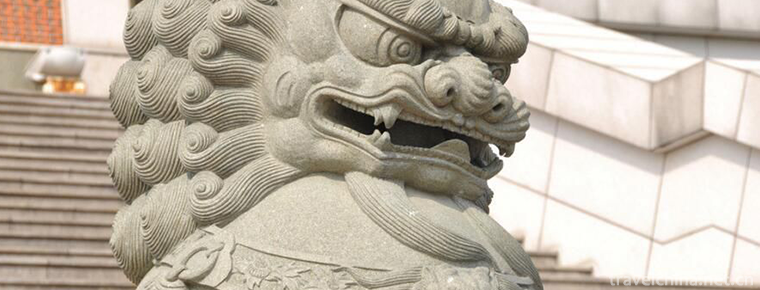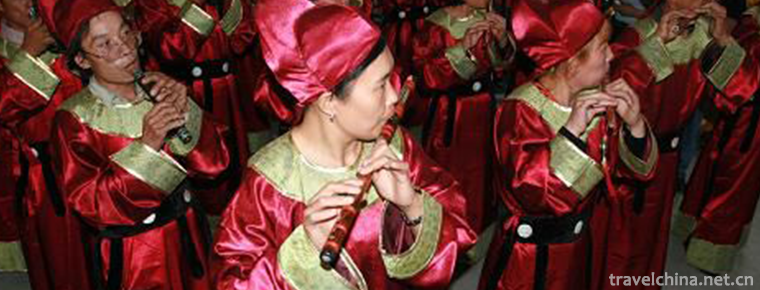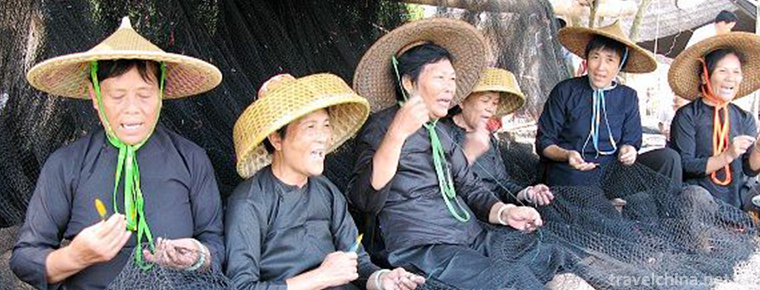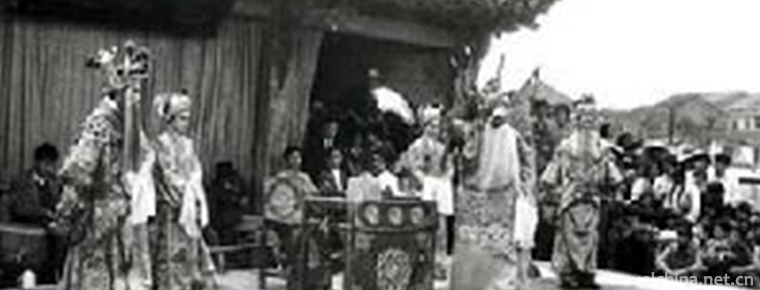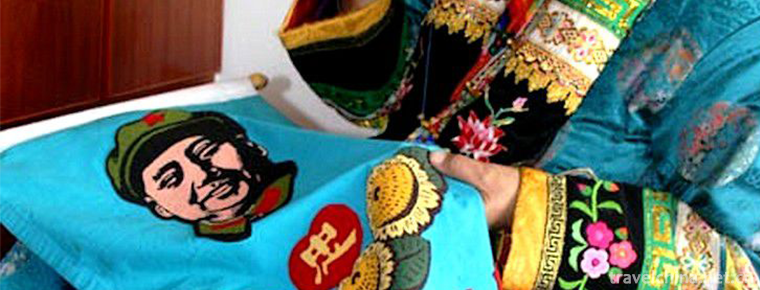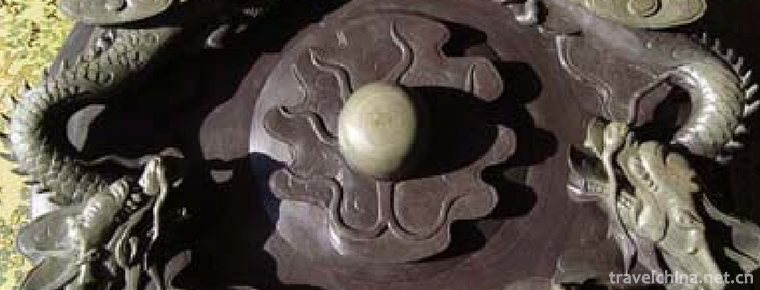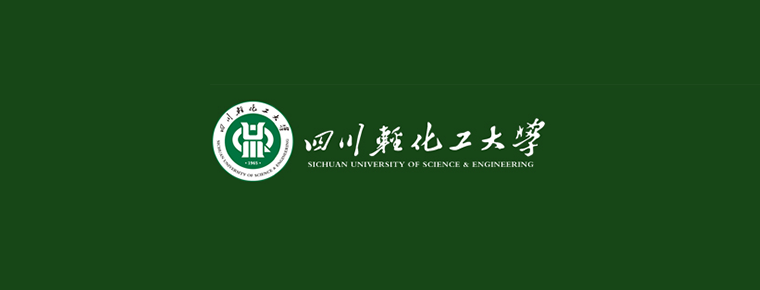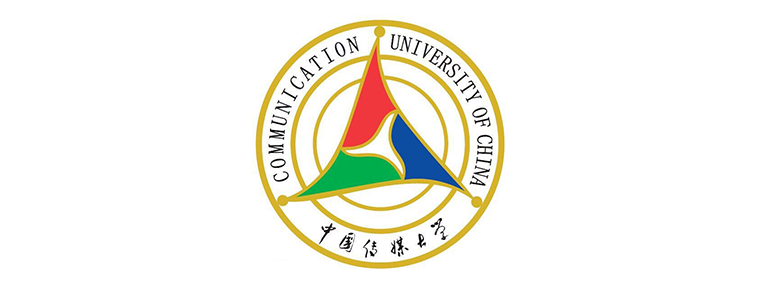Handmade Paper Making Skills of Dai and Naxi Nationalities
Handmade Paper Making Skills of Dai and Naxi Nationalities
Dai and Naxi hand-made paper-making skills, Yunnan Lincang City, Shangri-la County, local traditional handicraft, one of the national intangible cultural heritage.
In Yuan Dynasty, papermaking was introduced into Lijiang. In the Ming Dynasty, a large number of Han craftsmen and artists entered Lijiang and merged into the Naxi nationality. Meanwhile, the paper-making methods of Tibet were brought to Lijiang. From the Yuan Dynasty to Lijiang, the paper-making technique of the Han people, namely the paper-making method, was merged with the paper-pouring method of Tibet in the Naxi nationality area of Lijiang, thus forming the handmade paper-making skills of the Dai and Naxi nationalities.
On May 20, 2006, the handmade paper-making skills of Dai and Naxi nationalities were approved by the State Council of the People's Republic of China to be included in the first batch of national intangible cultural heritage lists with the heritage number_-68.
historical origin
Yunnan Province has a very long history of paper use and manufacture. According to historical records, the introduction of paper into Yunnan can be traced back to the Three Kingdoms at the latest, but the handmade paper-making in Yunnan has been recorded relatively late.
In Yuan Dynasty, paper industry existed in Lijiang area, but there was no record of Dongba paper.
Since the Ming Dynasty, there have been many historical records about Yunnan paper-making. Paper-making industry existed in the Dai area in the middle of the Ming Dynasty. At that time, the Dai people called paper "Burmese Paper".
In the Qing Dynasty, handmade papermaking was developed in minority areas. Craftsmen from Sichuan, Huguang and other places brought papermaking technology. The Qing Dynasty recorded the most papermaking in Yunnan. At that time, the papermaking industry in Yunnan Province was very developed. Handmade paper became court tribute paper and even exported to Vietnam, which showed the maturity of papermaking technology in Yunnan.
Process characteristics
Dai and Naxi hand-made papermaking is made of fine textured bark with good fibers. The paper is thin, soft and tough. It is mainly used for making Gaosheng, Kongming lanterns and writing Buddhist sutras. In addition, Burmese paper is also used to make oil-paper umbrellas, which are not only used to shelter from wind and rain, but also have ornamental value.
The purpose of Dai's handmade paper making is to copy scriptures, official documents of Tusi, official documents and folk sacrifices in Buddhist temples. In contemporary times, it is more widely used for copying Buddhist classics and various Buddhist activities, painting, paper cutting, making Kongming lanterns, Gaosheng, oil paper umbrellas, handicrafts, gift boxes, photo frames, albums, souvenirs, animal models for notebooks and dance performances, traditional funeral paper and tea packaging, etc.
Dai handmade paper seems rough and not smooth, but it has its own unique features: it is not only flexible, non-toxic, breathable, absorbent, wear-resistant, durable, not easy to break, sometimes emitting a light special wood fragrance, but also long-term preservation, up to decades or even hundreds of years.
Dongba's paper is white and thick, and it is not easily attacked by insects. There are more than 5,000 volumes of Dongba classics that can be preserved for a long time. In addition, Naxi people's handmade papermaking also incorporates some methods of Central Plains papermaking.
Technological process
Dai people in Lincang and other places in Yunnan have loved bamboo since ancient times and are good at using bamboo. Bamboo is a good material for papermaking. Selecting young and old bamboo with moderate fibre is good for papermaking without making the paper too rough. Therefore, after the Qingming Dynasty, grain rains and small full solar terms are usually prepared.
After the pulp is made, paper is made. At this time, two channels of water are used to make the fibers of paper form longitude and weft.
The Naxi people in Diqing Shangri-la make paper by hand with the raw material "Adada", a kind of Daphne Lijiang flower. The paper-making process consists of collecting raw materials, drying, soaking, cooking, washing, spring material, re-spring material, pouring paper, sticking paper, drying paper and other processes. Mainly has paper curtain, wooden frame, sun-drying board, Wood White and so on.
Dongba Paper Manufacturing Technology mainly includes the following links.
First of all, raw materials should be collected. Thick, smooth-skinned shrubs with fewer forks should be selected, each of which is about 50 centimeters long. After chopping, we must take advantage of fresh peeling (this kind of tree has little water and is easy to dry, once the water is dry, peeling will be very difficult, only using the method of soaking water, time-consuming). After peeling off the bark, scrape off the black skin, leaving only the white endothelium.
White bark should be naturally dried in the yard, then soaked in water, while soaking, remove the remaining black and miscellaneous bark, until soft. The next step is to boil the bark. In order to reduce the toxicity of raw materials and increase the color of raw materials, plant ash must be added to the boiling process. Cook for more than ten hours, then take it out and rinse it by the river, and pinch the leather into fist-sized clumps. The washed leather is placed on a flat stone plate and beaten repeatedly with a mallet until it becomes fibrous and the water is completely dispersed.
Then the paper pulp is lifted, that is, the paper curtain frame with paper curtain is put into a wooden trough half full of water, and a proper amount of paper pulp is poured into the paper curtain overflowing with fresh water. The pulp fibers are evenly distributed and smoothly lifted out by gently stirring and beating with hands. Then gently flip the wet paper curtain on the cardboard, carefully remove the curtain, and take the cardboard to the sun. When the paper is half dry, the paper is pressed repeatedly with an embossing stick until the paper surface is smooth and the curtain lines are not visible. After drying, with a gentle lift of the hand, a piece of Dongba paper of uniform length, width and narrowness is created.
Inheritance and protection
Inheritance value
The paper curtain of Dai and Naxi Dongba papermaking process is special. The process of drying paper is obviously influenced by the paper-pouring method, and there are traces of paper-making method. It is the crystallization of the compatibility of Chinese papermaking and Indian subcontinent papermaking.
Dai and Naxi Dongba papermaking technology has made outstanding contributions to the promotion of Dongba culture. From the point of view of the history of technology, it is also a rare example for the study of Chinese hand-made papermaking.
Dai and Naxi Dongba papermaking technology is a living sample of the development of ancient traditional papermaking technology in China, Southeast Asia and even the Indo-Pakistani subcontinent. It has a very high reference value for restoring the early papermaking technology in China.
Inheritance status
Naxi paper-making technology has the tradition of passing on children to their daughters, and has always been produced in family workshops without being passed on. Therefore, under the pressure of modern commercial society, it is possible to die out at any time, and it is in urgent need of rescue and protection.
With the in-depth study of Dai and Naxi handmade paper-making culture, people have realized the importance of this traditional folk art to China's paper-making culture. However, due to the impact of modern machine manufacturing industry, Dai and Naxi hand-made paper technology is facing a very embarrassing situation, which must be protected.
Inheriting characters
He Zhiben, male, Naxi, born in 1928 in Diqing Tibetan Autonomous Prefecture, Yunnan Province. On May 20, 2006, Hezhiben was selected as the representative successor of the first batch of national intangible cultural heritage projects, which were declared by Lincang City and Shangri-la County of Yunnan Province. Declaration items: Dai and Naxi handmade paper making skills.
Yumenga, June 09, 2011, Yumenga was selected as the representative successor of the third batch of national intangible cultural heritage projects and declared by Lincang City, Yunnan Province. Declaration items: Dai and Naxi handmade paper making skills.
Wednesday, December 2012, Wednesday was selected as the representative successor of the fourth batch of national intangible cultural heritage projects, declared by Lincang City, Yunnan Province. Declaration items: Dai and Naxi handmade paper making skills.
protective measures
In May 1992, with the support of the Dongba Cultural Research Institute in Lijiang, the successor and Saint Wen set up a fixed-point workshop for Dongba Paper Making to make paper specially for the research institute to repair and copy the Dongba Sutra, which also yielded certain benefits. In 2000, Yulong Snow Mountain Development Corporation of Lijiang invited Saint Wen and his son to open a workshop in Lijiang, which mainly made painting and calligraphy paper, couplet paper and other tourism products. Later, it also developed flower paper, color paper and other products.
In 2008, with the help of friends, successors and Zhiben set up Baidi Dongba Paper Co-operative, and self-funded Naxi Dongba Cultural Heritage Museum in order to let more people understand Dongba culture.
social influence
international repercussions
Dai and Naxi Dongba papermaking has attracted experts, scholars and businessmen from the United States, Korea, Germany, Japan, Malaysia and Shanghai, Guangdong, Taiwan and Hong Kong to visit and order.
Derivative works
On June 13, 2014, Yunnan Museum of Nationalities filmed the premiere of the documentary "Handmade Paper - Recording Two National Non-Heritage Handicrafts of Dongba Paper and Dai White Cotton Paper".
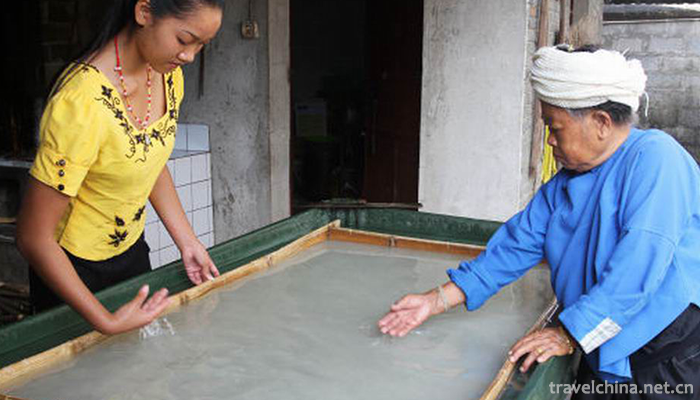
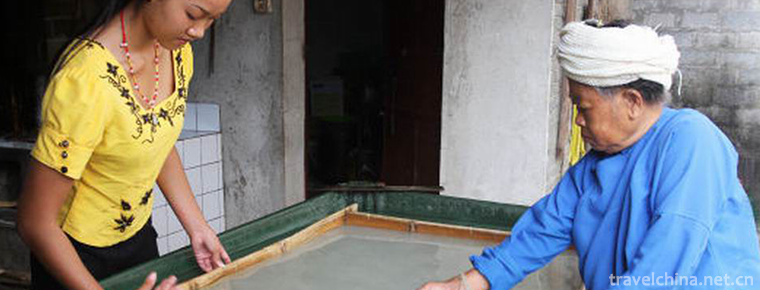
Handmade Paper Making Skills of Dai and Naxi Nationalities
-
Ming Ming Dynasty Tombs Scenic Area
Ming Tombs, World Cultural Heritage, National Key Cultural Relics Protection Units, National Key Scenic Spots, National AAAAA Tourist Scenic Spots.
Views: 219 Time 2018-11-24 -
Babao raw shell fresh shellfish
Babao raw shell fresh shellfish is a traditional famous dish in Shandong Province, which belongs to Shandong cuisine. It is made of fresh shellfish, pure winter bamboo shoots, watery mushroom, shrimp,
Views: 215 Time 2019-03-27 -
Huian stone carving
Hui'an stone sculpture mainly served religion in its early stage, with strong religious color. It is mainly embodied in the architectural design, sculpture and installation of the temple,
Views: 203 Time 2019-05-05 -
Music of Lantian Puhua Water Club
Lantian Puhua Water Concert Music is a kind of folk blowing music which has been circulated in Puhua Town of Lantian County, Shaanxi Province for more than 1000 years
Views: 451 Time 2019-05-11 -
Lingao Fishing Song
Lingao Fishing Song is a kind of Han folk song which is popular among fishermen in Lingao County, Hainan Province. Because of its use of the lining "Li Li Mei" and related legends, it is als
Views: 292 Time 2019-05-13 -
Lingqiu Luoluo Tune
Lingqiu Luoluo Opera evolved from Yiyang Opera and flourished during Qianlong Period of Qing Dynasty. From the end of Qing Dynasty to the Republic of China, it gradually declined. Luoluo tune is sung
Views: 386 Time 2019-05-13 -
Mongolian embroidery
Mongolian embroidery is a kind of handicraft craft formed in the long-term production and life of the Mongolian people in China. Mongolian embroidery not only embroiders on soft fabrics, but also embr
Views: 187 Time 2019-06-03 -
Inkstone Platform Making Skills
Inkstone production skills, Liaoning Province Benxi City, Ningxia Hui Autonomous Region Yinchuan City, Hebei Province Yi County, Shanxi Province Xinjiang County, Gansu Province Zhuoni County, Min Coun
Views: 106 Time 2019-07-10 -
Fishing Song
Fishing songs are a kind of Chinese folk songs sung by fishermen in coastal areas of China and lakes and harbours. If popular in Shanwei City, Guangdong Province, collectively known as Shanwei Fishing
Views: 188 Time 2019-07-14 -
Sichuan University Of Science and engineering
Sichuan University of Light Chemical Industry is a general full-time university with more than 50 years of undergraduate and nearly 20 years of postgraduate education, which has coordinated developmen
Views: 253 Time 2019-08-31 -
Communication University Of China
Communication University of China ( Communication University of China Referred to as "Zhong Chuan", located in the capital city. Beijing Yes. Ministry of Education of the People's Republic o
Views: 159 Time 2019-12-03 -
Longhua Baxian Mountain Giant Buddha
Longhua Baxian Mountain Giant Buddha is located in Baxian, Longhua Town, Pingshan County, Yibin City, Sichuan Province. Since the Bamiyan Buddha in Afghanistan was bombed by the Taliban
Views: 313 Time 2020-10-16
